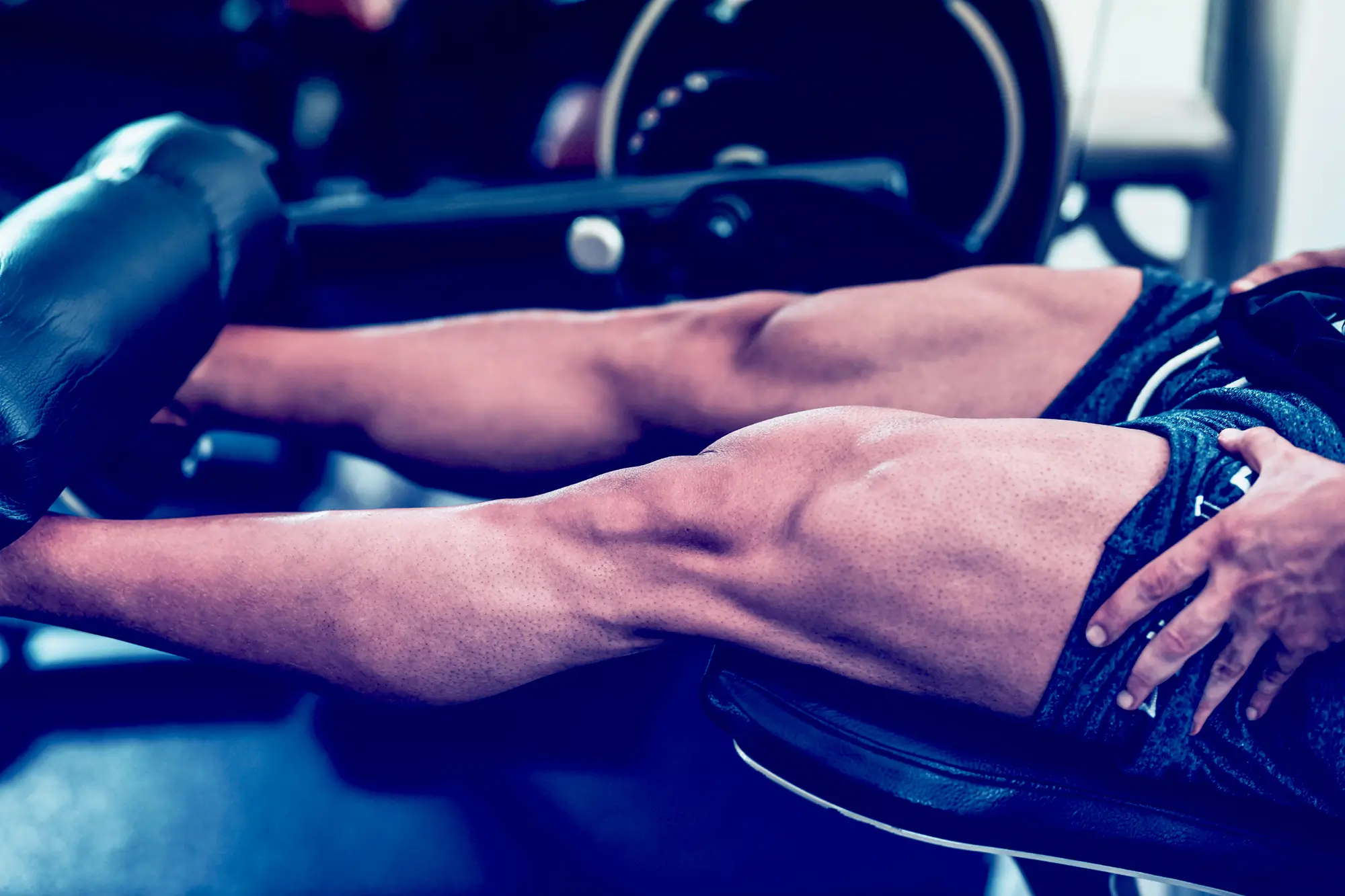This training study compared drop-set and pre-exhaustion methods with a traditional training approach. Although the study found no significant differences in strength, muscular endurance, or hypertrophy outcomes, notable differences were observed for perceived exertion and muscle soreness in the days following the training session.
Overview
- What did they test? The researchers assigned male participants to one of three groups - traditional (n = 18), drop-set (n = 18), or pre-exhaustion (n=17). The subjects completed six weeks of leg press and leg extension training. They trained two days per week. Muscle soreness and perceived exertion were measured throughout the training period, while changes in maximal strength, muscular endurance, and muscle thickness were assessed from pre- to post-training.
- What did they find? They found that all groups gained strength, improved muscular endurance, and increased muscle thickness, with no significant differences between groups. However, the drop-set and pre-exhaustion protocols led to greater perceived exertion following exercise and increased muscle soreness in the days following training.
- What does it mean for you? There was no additional benefit to performing these special protocols over traditional training. The only detriment was in perceived exertion and soreness. Therefore, these methods could be used to add novelty to a training plan or if they align with an individual’s preferences. However, the impacts of increased muscle soreness, and effort required, should be considered in the context of an athlete’s overall training plan.
What’s the problem?
Purpose
Resistance training is often structured around a certain number of repetitions and sets, such as three sets of ten, but many other methods are employed in the hope of enhancing workouts. Among these are drop sets, where a lighter load is lifted to failure after completing traditional sets, aiming to achieve even greater levels of fatigue. Another method is pre-exhaustion, which involves performing a single joint exercise before a multi joint exercise. Pre-exhaustion aims to fatigue a specific muscle with an isolation exercise before a major compound exercise. This could potentially increase the involvement of other muscles. Both methods are intended to increase the fatigue and intensity of a workout, which is proposed to lead to greater muscle growth or strength gains.
While research on these methods exists, this study is novel in that it compares these two methods against traditional training, while controlling for total training volume.
It should be noted that this study is a preprint, meaning it has not yet been peer-reviewed and accepted for publication. Therefore, the manuscript I reviewed here may require revisions before it can be accepted for publication.
Hypothesis
The authors hypothesized that the drop-set and pre-exhaustion protocols would lead to greater increases in muscle strength, endurance, and hypertrophy, compared to traditional training.

What Did They Test and How?
Participants
Fifty-three recreationally trained male participants were split across three training groups:
- Traditional (TRD; n = 18, age 21.1 ± 1.3 years, weight 74.3 ± 9.6 kg, and height 177.7 ± 6.8 cm)
- Pre-exhaustion (Pre-Ex; n=17, age 20.5 ± 1.4 years, weight 73.9 ± 13.2 kg, and height 177.9 ± 7.4 cm)
- Drop-sets (DS; n = 18, age 21.7 ± 1.6 years, weight 79.4 ± 8.8 kg, and height 179.6 ± 6.9 cm)







